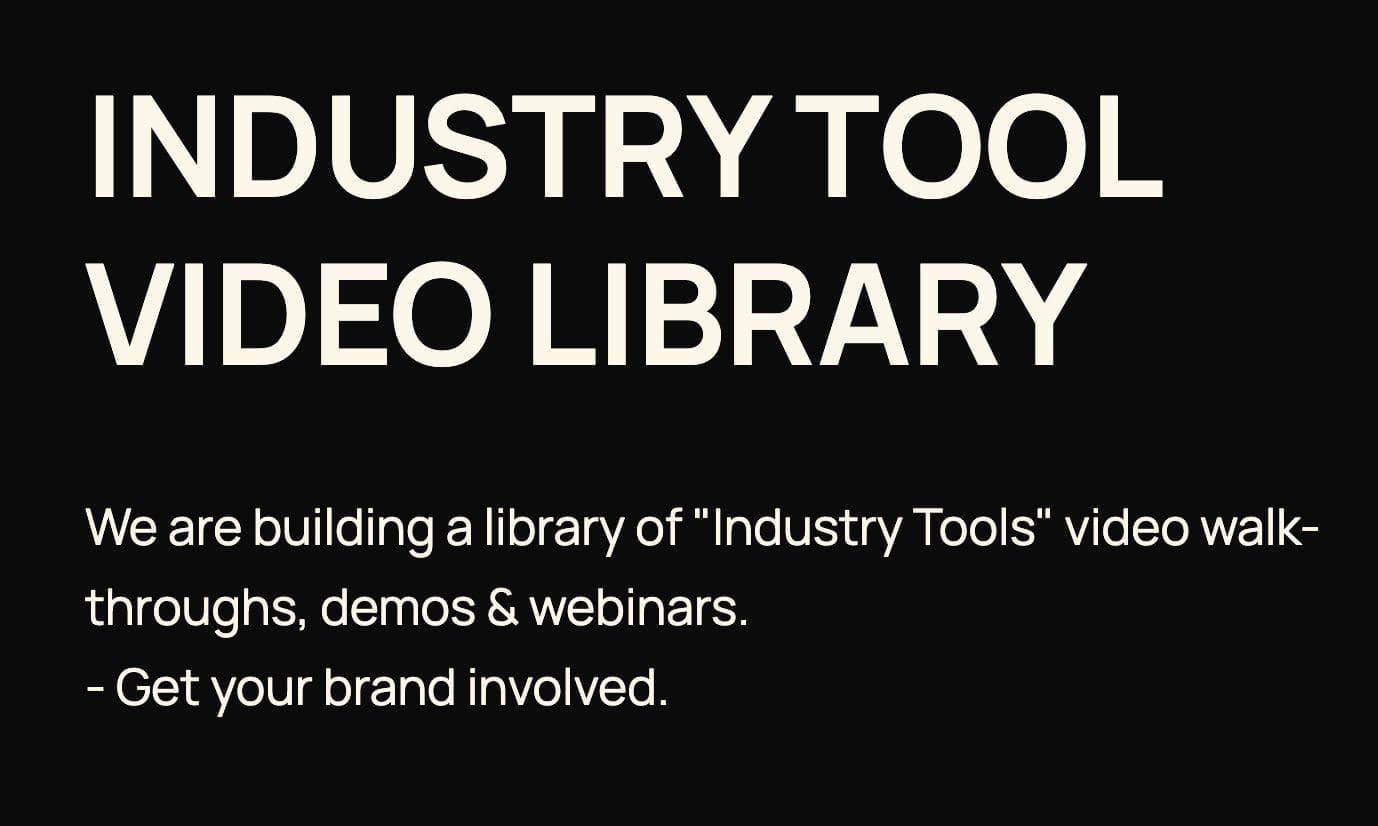AI Learning Centres:
- AI – Learn The Basics
- Get The Most From ChatGPT
- Branding in The Age of AI
- AI for Client Experience
- AI For Prospecting
- AI For Marketing
- AI For Listings & Ads
- Team Adoption of AI
- AI For PM
- AIO & Generative Search
- AI For Operations & Efficiency
- AI For Market Research & Analysis
- AI Ethics, Privacy & Compliance in Real Estate
Digital Marketing & Social Media Learning Centres:
Guides & Downloads

Effective Ways to Show the Value of AI to a Doubtful Real-Estate Team
Even the smartest AI tool is useless if your team refuses to use it. Winning them over is less about fancy tech talk and more about showing quick, practical wins that make their jobs easier. The six methods below keep things simple, hands-on, and relevant to daily real-estate tasks.
1. Start Small with Hands-On Pilots
Pick one nagging pain point.
Choose a job that everyone dislikes—chasing overdue enquiries, entering open-home feedback, or drafting listing descriptions. Keeping the scope tight limits risk and lets you measure results quickly.Run the pilot for two to four weeks.
That’s long enough to gather numbers (How many minutes saved? How many extra appointments booked?) but short enough to keep momentum.Let staff drive the keyboard.
During demonstrations, ask the sales or admin team to click the buttons themselves. When they see the tool book a follow-up call in seconds, lightbulbs go on.Share the “before” and “after.”
Show how long a task took last month versus this month with AI. A simple chart on the office TV works wonders.
2. Let the Team Choose the Problem
Hold a five-minute huddle.
Ask, “What’s one job you’d love a robot to do for you?” Note every idea on a whiteboard.Vote on the top two ideas.
Giving staff a say turns them from sceptics into co-designers. People protect what they help create.Address concerns upfront.
If someone worries that AI will replace them, reassure them: “The aim is to remove boring admin so you can focus on clients, not to cut jobs.”
3. Spotlight Early Wins and Real Stories
Capture quick victories.
“Sarah answered 20% more rental enquiries this week thanks to automatic replies.” Short, concrete stats beat long speeches.Create mini case studies.
Write a one-paragraph story with three parts: the problem, the AI action, the result. Post it on the office noticeboard or Slack channel.Borrow examples from other agencies.
Share success stories from interstate or overseas without naming specific brands: “A boutique agency in Perth cut lead response time from two hours to five minutes using smart chat features.”
4. Teach and Support Every Step
Offer layered training.
Quick demo (15 mins): High-level overview for everyone.
Deep dive (45 mins): Role-specific session for sales, property management, or marketing.
One-on-one help: Bookable “AI help desk” slots for tricky questions.
Create simple cheat sheets.
Keep each to one page: a screenshot, three steps, and a tip. Laminate and stick near desks.Nominate “AI Champions.”
Choose one enthusiastic person in each team. Their job is to try new features first, share tips, and calm nerves.Lean on the vendor’s resources.
Most platforms offer free videos, live chats, or user groups—use them so staff know help is always at hand.
5. Build an Open, Positive Culture
Be transparent about goals.
Explain how AI links to the agency’s big picture: “If we save ten hours a week on admin, we can spend that time winning new listings.”Celebrate adopters publicly.
Hand out a small prize—movie tickets or extra morning-tea shout—to the first person who books an appraisal through an AI-powered follow-up.Encourage safe experiments.
Make it clear that testing is allowed: “Break it here in the office so it never breaks with a client.” When people aren’t afraid to fail, they learn faster.
6. Track the Numbers and Show the Progress
Measure what matters.
Pick two or three metrics tied to the pilot task, such as:Lead response time (minutes)
Open-home feedback entered (number per hour)
Appointments booked (per week)
Build a simple dashboard.
A spreadsheet charted on a shared screen is fine. Update weekly so improvements stay visible.Review and adjust.
If numbers stall, revisit the workflow or add extra training. The point is continuous gain, not a one-off spike.
Quick Reference: What Works and Why
| Approach | Why It Changes Minds |
|---|---|
| Small, time-boxed pilots | Staff see concrete results fast |
| Team-chosen projects | Builds ownership, reduces push-back |
| Real success stories | Makes gains relatable and believable |
| Layered, bite-sized training | Boosts skill and confidence |
| Recognition and rewards | Spreads adoption through peer influence |
| Clear metrics and dashboards | Turns opinions into hard facts |
Final Take-Away
Scepticism fades when people see and feel the benefit. By:
Starting with one clear, annoying problem
Letting the team help design the fix
Sharing quick wins loudly and often
Training and supporting at every turn
Celebrating pioneers, not punishing mistakes
Showing the numbers in plain sight
You’ll shift attitudes from “Why should I?” to “What else can AI do for me?” The result is a happier team, smoother workflows, and more time for what truly matters – serving your clients and winning more listings in the property market.
Author – Ken Hobson






